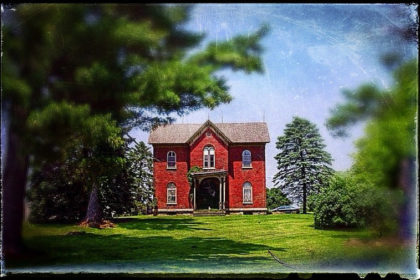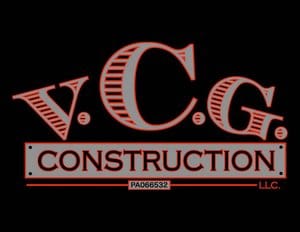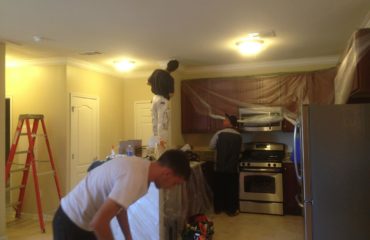
Halloween is over, but that doesn’t mean bangs and creaks inside your house don’t still give you the creeps.
It’s not a poltergeist (at least, most likely not). Houses old and new are full of noises that arise from a number of causes, some harmless and others requiring a fix. This blog from the Very Cool Guys will break down some of the most common house noises and what’s behind them:
What’s causing the squeaky floor?
It’s the middle of the night, and you’re trying to sneak as quietly as you can to the bathroom. Unfortunately, your floor is so squeaky you don’t make it three feet before waking up your spouse!
Sound familiar? Your squeaky floor comes from either boards rubbing together or nails that have come loose. In order to eliminate the noise, you have to eliminate the movement. That could mean inserting a shim between the floor and the joist, driving a hot-dipped galvanized nail through the carpet into the joist, or just inserting a little oil soap into the joints (if you have a wood floor). That last solution may alleviate the squeaking and clean the floor at the same time, so it’s doubly beneficial.
What’s causing the knocking in the walls?
House noises can be scary, and that especially goes for knocking behind walls.
Most likely, this is a plumbing problem. There could be one of two things going on here: A.) Your copper pipe is expanding as it fills with water, and because it’s not snugly attached to wood studs in your wall, it’s rubbing on the wood as it expands, or B.) Water is shaking the pipe when the faucet is turned off, due to the centrifugal force that water picks up as it runs through the pipe. Basically, turning off the water causes the water to slam into the pipe, creating what’s called a “water hammer.”
Neither of these house noises are known to cause significant plumbing damage, but if you can’t stand the constant banging, you can either better secure the pipe to the framing or install a water hammer arrestor that absorbs shocks in your plumbing system.
What’s causing howling and pockets of cold air?
We probably don’t have to tell you it’s a draft. The good news is that a drafty home isn’t indicative of a ghost; it just means you could use better sealing.
The exterior walls of your home may seem solid, but actually they’re full of holes like doors, windows, light switches, outlets, etc. Each of these is a potential source of air leakage. What you’re hearing when there’s a howl is warm indoor air pouring out of these tiny holes, causing a whistle.
(Hot air always escapes into the cold, not the reverse, in case you missed that science lesson in high school.)
The solution: Use caulk and weather stripping to seal the cracks and keep warm air from escaping. You’ll not only resolve the creepy howl; you’ll probably save on your energy bill.
Looking to improve and remodel your home? Consult with VCG Construction about the project you have in mind for free! Just call (888) 936-7824.
Photo: Ron Frazier, Flickr Creative Commons




Your article is really very informative and interesting. I got a lot of idea about flooring and walls and will be careful about them from now on.